Sections
Latest
Learn to correctly pronounce the German alphabet, including the tricky umlauts (ä, ö, ü), with audio recordings.
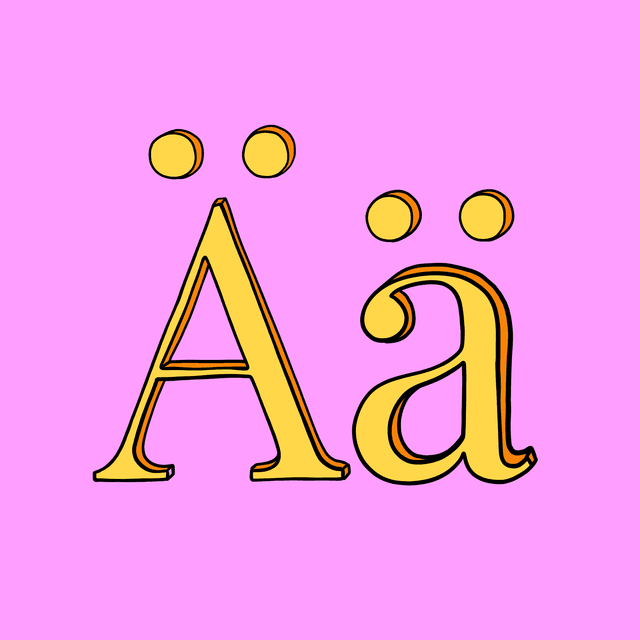




For any English speaker, the German alphabet is pretty uncomplicated to grasp. There is only one extra character (the esszett: ß), and three
of the vowels may include an umlaut (a pair of dots above the letter: ä, ö, ü), changing it's pronunciation.
What's usually more challenging is the phonology of the language; learning to correctly enunciate certain sounds that may be unfamiliar to us.
In this lesson, we'll cover both the German alphabet, and then some German pronunciation rules.
Let's start off with the alphabet!
First, let's cover the basics by going through the alphabet, focusing on the pronunciation of each letter.
Click the letters to listen to their pronunciation.
Great! 🎉
Now, let's take a closer look at the letters that may be unfamiliar to us.
In German, the three vowels A, O and U may be transformed with the use of an umlaut: a two-dotted mark placed above the letter. These umlauted vowels have a different pronunciation to their original forms.
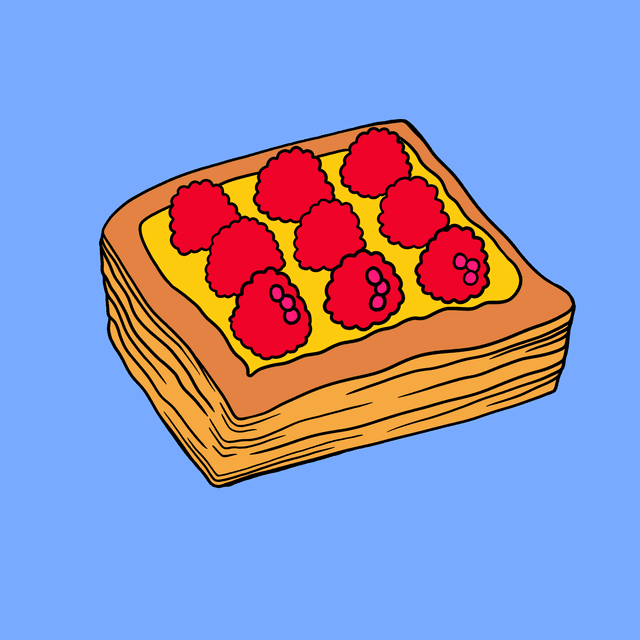
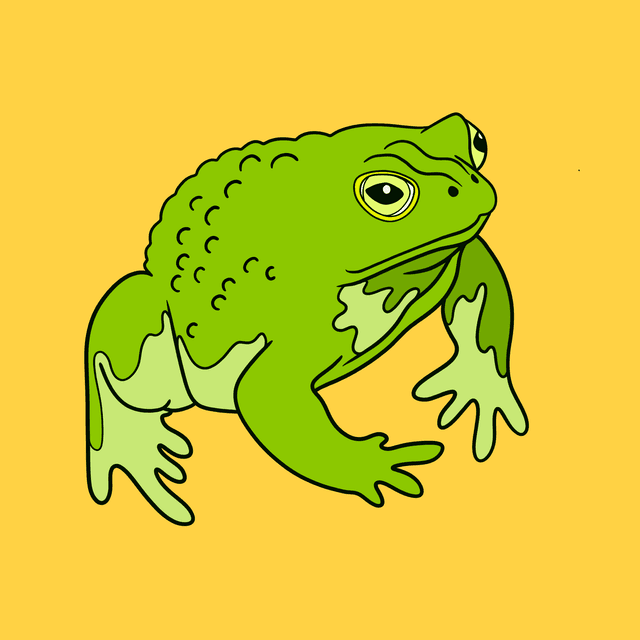
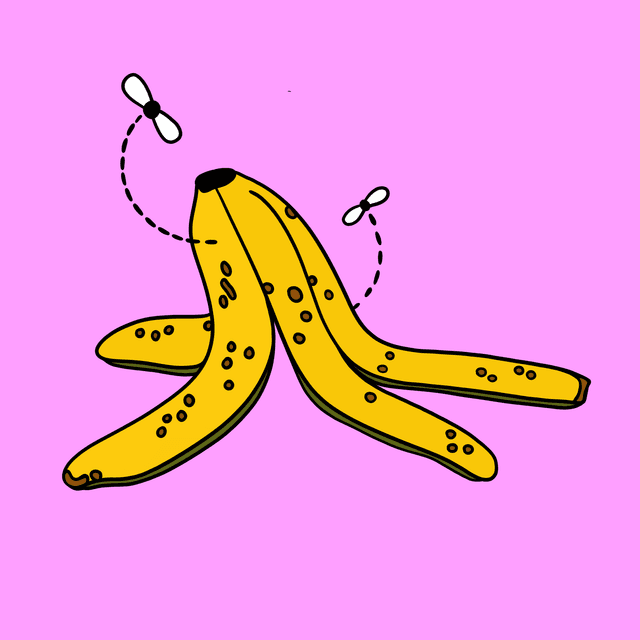
Additionally, there is an extra letter in the German alphabet, called the esszett: ß, also known as the hard, sharp or double S.
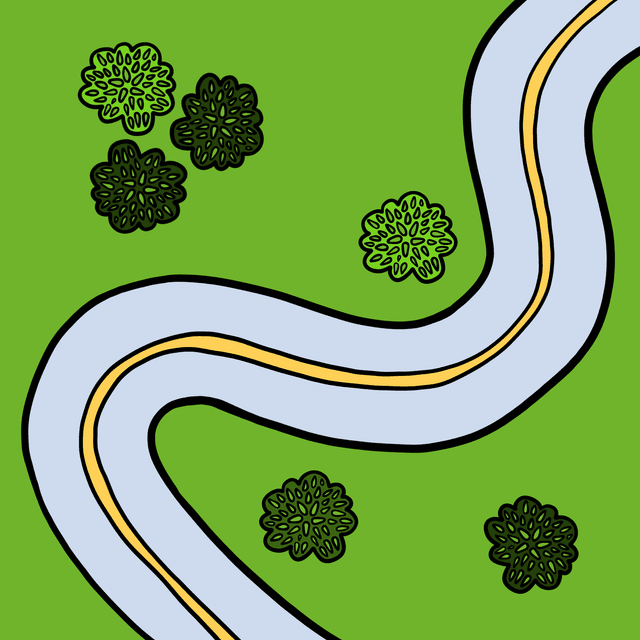


Let's take a closer look at how to pronounce these new letters, in the next section.
The esszett may be substituted with a double S, and is no longer used in
some German speaking countries. However, it's still handy to learn, as you'll
most likely come across it often in books, newspapers etc.
Tap on the letters below to listen to the pronunciation of the umlauts in comparison to the original vowel sounds.
Now try it yourself. Say the letters out loud, using the notes below to help you.
Here are some examples of words including Ä, Ö or Ü:



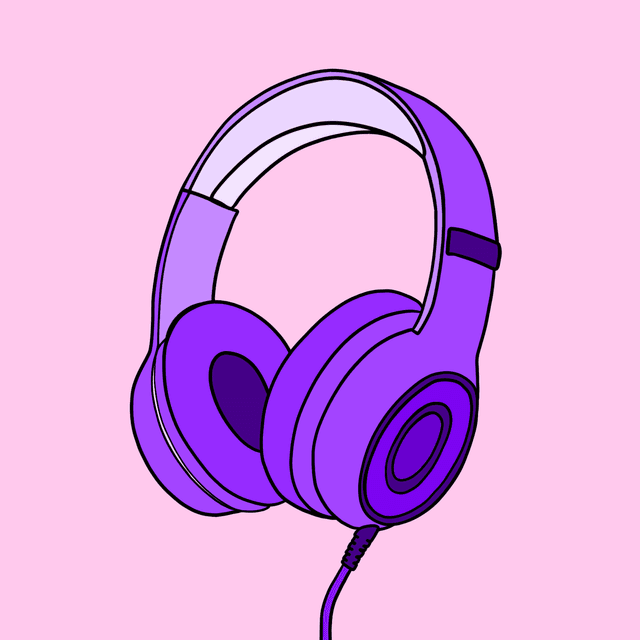


Test your pronunciation skills by reading the sentences below out loud. Compare your pronunciation to that in the voice recordings.
Try to be especially mindful of the pronunciation of both the vowels and vowels with umlauts.
Don't worry about whether or not you understood the meaning of these sentences. The point here is simply to practise your pronunciation.
Well done 🎉
You now have a firm grasp of German umlaut pronunciation! Let's move on to the tricky consonants.
Most of the consonants in German are pretty straight forward to pronounce. However, there are a few sounds that can be a little difficult to grasp at first. In this section, we will cover the German S/ß, R and Ch sounds, each of which has a hard sound as well as a soft sound.
SSo far we have learned that there is an esszett (ß or SS) in the German alphabet, as well as the standard S.
| ß / SS (double S): | hard sound |
| S (standard S): | soft sound |
As you might imagine, the esszett has a slightly stronger sound.

Here are some words that include the letter ß.
The standard S sounds similar to how you would pronounce the letter Z in English.
Sometimes, however, it may also be pronounced like an esszett. For example, when positioned at the end of a word:
Additionally, when an S is positioned at the beginning or middle of a word and just before a T or P, it is pronounced SHT, or SHP:
Lastly, when an S is followed by a CH, it is pronounced much like the English sound SH.
In summary:
ß always has a hard S soundST or SP at the beginning or in the middle of a word is pronounced SHT and SHPSCH is pronounced like the English SHSTake a look at this tongue twister. Read it once to yourself, and listen to the voice recording.
Now try to say it out loud. Take your time. How do you think each word should be pronounced? Use what you have learned so far in this lesson, to help you.
Well done 🎉
Let's move on to the next consonant: the German R.
RAs with the S sounds, there are two main R sounds in the German language: The hard R and the soft R.
The hard R is the well-known rolling R sound - one of the clearly identifying sounds of the German language, like that of an engine running:

To practice making this sound, focus on delivering it from the back of the throat, rolling it as though you're gargling water.
This sound is used:
Here are some examples:
The second way to pronounce the German R is more like the English A sound in 'tap'. This sound is used:
Here are some examples:
Now let's practice your pronunciation with another tongue twister!
RSay the tongue twister slowly out loud, especially focusing on the pronunciation of the R's. Then, compare your pronunciation to that in the voice recording. Did it sound the same?
Great Job 🎉
Let's move on to the last tricky consonant: the German Ch.
ChLike the German R and S, the German Ch has both a hard sound and a soft sound.
The soft Ch sounds like the short, angry hiss of a cat:
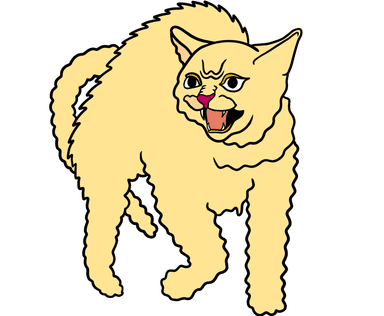
This sound is used:
Here are some examples:
On the other hand, the hard Ch sound is created similarly to the hard R sound, except that the rolling motion is made with the tongue against the roof of the mouth (specifically the soft palate area), rather than the back of the throat.
This sound is used:
A, O and U.Here are some examples:
ChBelow is your helpful tongue twister!
Once again, say it slowly out loud, especially focusing on the correct pronunciation of the Ch's. Then, compare your pronunciation to that in the voice recording.
Good job 🎉!
You have now learned the tricky German S, R and Ch sounds!
To finish this article on German pronunciation, let's practise what you have learned, with the exercises below.
Listen to each voice recording before you choose your answer.
Well Done 🎉
You're ready to move on to the next lesson: German nouns.